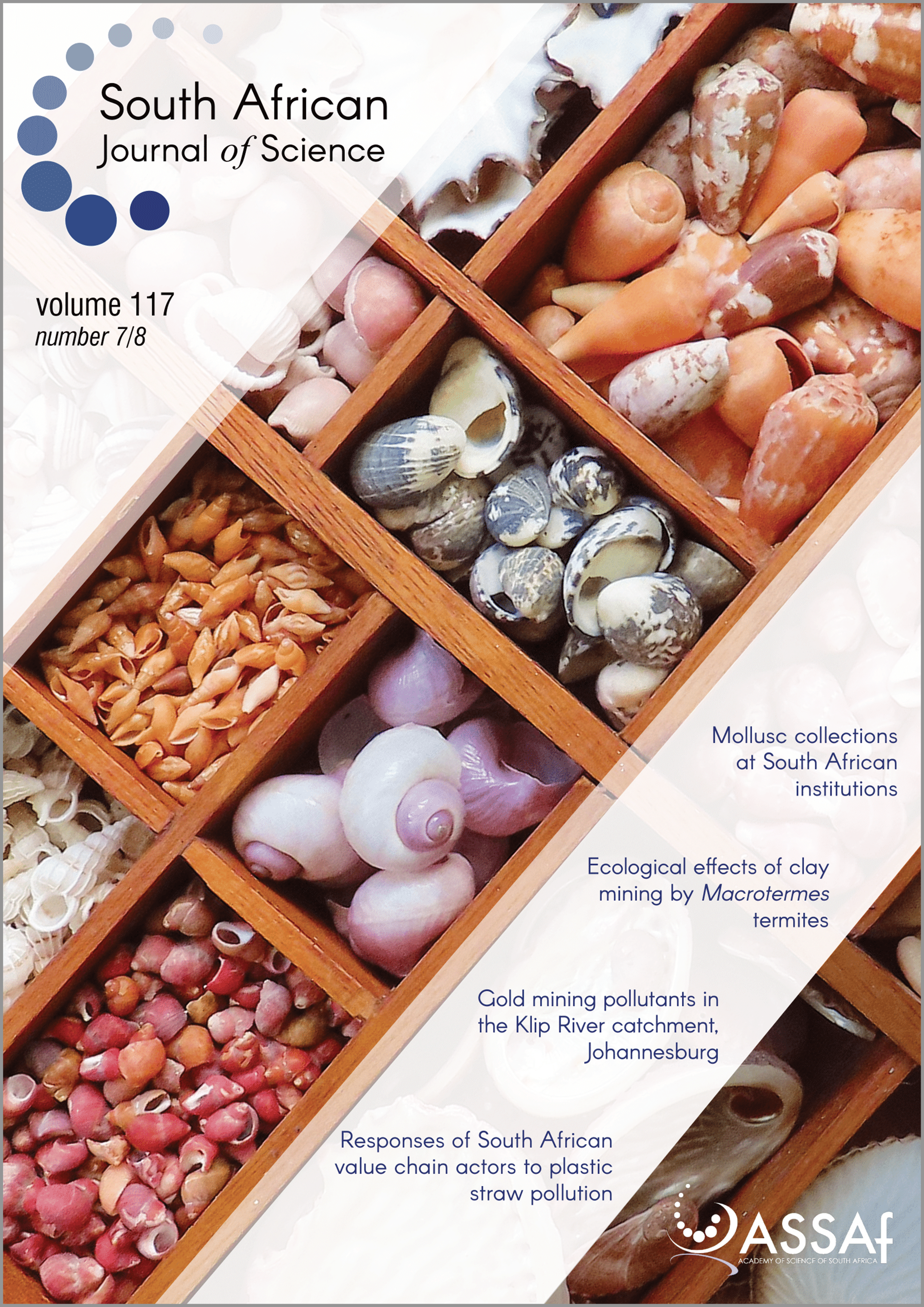Implications of new AMS dates for the Khami Period in the Mapungubwe Landscape
DOI:
https://doi.org/10.17159/sajs.2021/9438Keywords:
ceramic proxies, Khami state, Limpopo Valley, rainfall fluctuations, Sotho–Kalanga interaction, Venda originsAbstract
After the abandonment of Mapungubwe, the Limpopo Valley was reoccupied first by Sotho people, making Icon pottery, and then by Kalanga speakers making Khami pottery. The senior Kalanga chief, in this case Twamamba, was based at Machemma about 60 km to the south, while several petty chiefs administered various portions of the valley itself. Because of fluctuating rainfall, the occupations of both Sotho and Kalanga people occurred in pulses during higher rainfall periods. New AMS dates place one site in the Icon Period, eight sites in Pulse 1 (AD 1400–1480) and eight sites or components in Pulse 2 (AD 1520–1590). Kalanga people occupied the best agricultural land near the Limpopo floodplains and Sotho people lived on the plateau to the south. The two groups thus shared the landscape, but not the resources equally. The ceramic record documents this unequal interaction. This interaction, facilitated by male and female initiation schools on the ethnic boundary, helped to create Venda as a language and macro-cultural entity.
Significance:
- Interaction between Sotho (Icon) and Kalanga (Khami) over some 200 years led to the creation of Venda.
- New radiocarbon dates relate to Tshivenda origins, the language spoken by Venda today.
- Initiation schools in the Limpopo Valley provide a model for interaction in the rest of Venda.
Published
Issue
Section
License

All articles are published under a Creative Commons Attribution 4.0 International Licence
Copyright is retained by the authors. Readers are welcome to reproduce, share and adapt the content without permission provided the source is attributed.
Disclaimer: The publisher and editors accept no responsibility for statements made by the authors
How to Cite
- Abstract 766
- PDF 528
- EPUB 144
- XML 172
Funding data
-
University of the Witwatersrand, Johannesburg
Grant numbers HUFF013












.png)